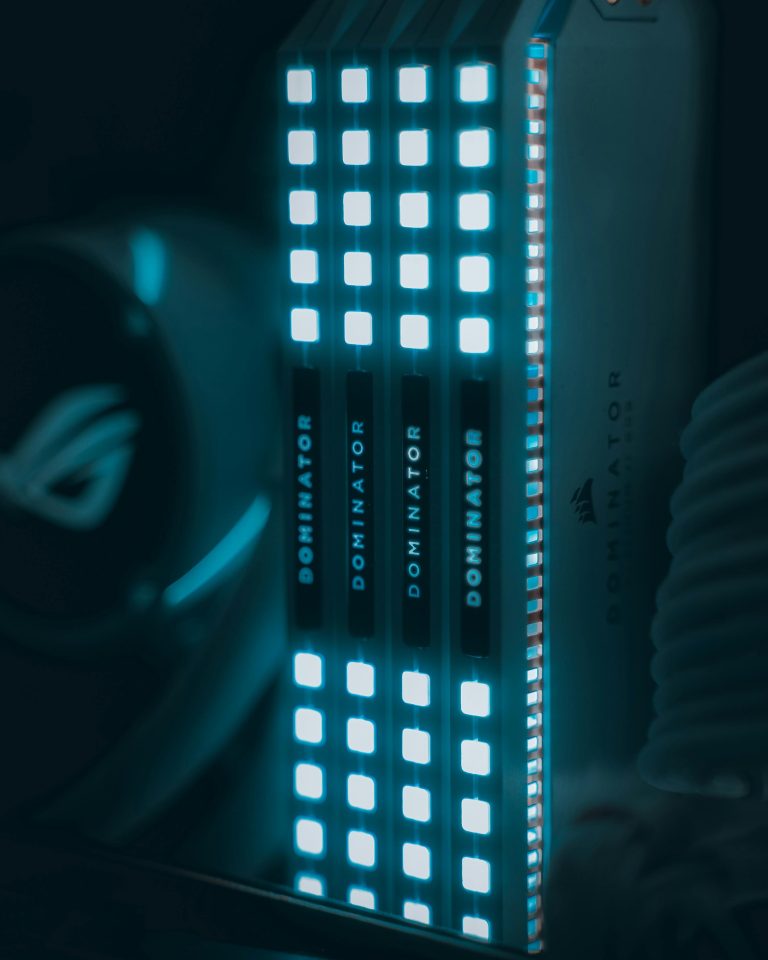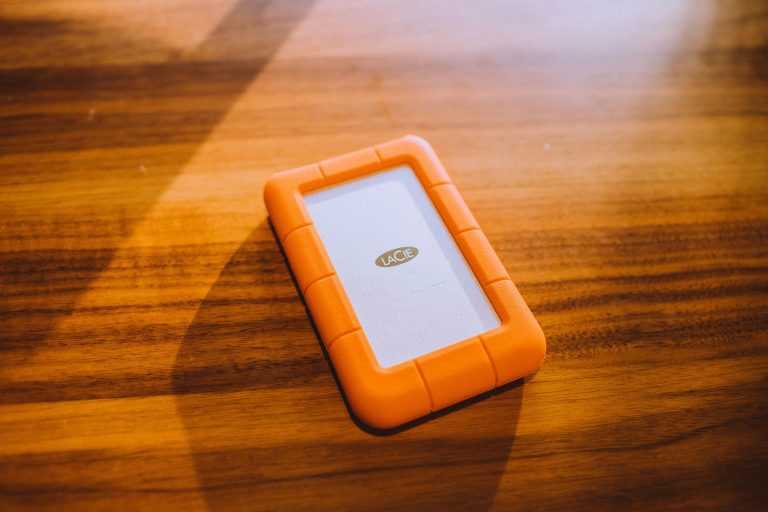
Foldable phones have come a long way since their debut, evolving from niche gadgets to mainstream contenders in the smartphone market. With major brands like Samsung, Huawei, and Motorola pushing the boundaries of design and functionality, foldable phones are no longer just a novelty—they’re a viable option for tech enthusiasts and everyday users alike. But as prices remain high and durability concerns linger, many wonder: are foldable phones worth the investment in 2024? Let’s dive into their evolution, current state, and whether they make sense for your next purchase.
The Early Days of Foldable Phones
The concept of foldable phones isn’t new, but it wasn’t until 2019 that they became a reality. Samsung’s Galaxy Fold was one of the first commercially available foldable devices, though its launch was marred by durability issues. Screens cracked, hinges failed, and the high price tag made it a risky buy. Meanwhile, competitors like Huawei’s Mate X and Motorola’s revived Razr entered the scene, each with unique designs—outward-folding screens, clamshell flips, and more.
These early models were experimental, targeting early adopters willing to overlook flaws for cutting-edge tech. The screens were fragile, battery life was mediocre, and software optimization was lacking. Yet, they laid the groundwork for what was to come, proving that foldable phones could capture consumer interest despite their shortcomings.
Technological Advancements in Foldable Phones
Fast forward to 2024, and foldable phones have undergone significant improvements. Here’s what’s changed:
1. Enhanced Durability
Early foldables struggled with screen creases and hinge failures. Today, manufacturers use ultra-thin glass (UTG) and advanced polymer layers to make screens more resilient. Hinges are now more robust, with some models boasting IPX8 water resistance—a rarity in earlier iterations.
2. Better Software Optimization
Android has evolved to better support foldables, with features like app continuity (seamlessly transitioning between folded and unfolded states) and multi-window multitasking. Samsung’s One UI and other skins now offer tailored experiences for foldable displays, making them more practical for daily use.
3. Improved Battery Life and Performance
Early foldables sacrificed battery capacity for slim designs. Modern models pack larger batteries and more efficient chipsets, ensuring all-day usage even with the expanded screen. Flagship processors like the Snapdragon 8 Gen 3 and Tensor G3 deliver desktop-level performance, making foldables as powerful as traditional smartphones.
The Current State of Foldable Phones in 2024
In 2024, foldable phones are no longer just prototypes—they’re refined products with distinct advantages:
- Versatility: Foldables offer the convenience of a phone and the productivity of a tablet in one device.
- Innovative Designs: From book-style folds to flip phones, there’s a form factor for every preference.
- Premium Features: Many foldables now include high-refresh-rate displays, flagship cameras, and stylus support.
However, challenges remain. Prices are still steep, with flagship foldables often costing upwards of $1,500. While durability has improved, repairs can be expensive, and long-term wear is still a concern for heavy users.
Are Foldable Phones Worth the Investment?
Whether a foldable phone is worth buying depends on your needs and budget:
Pros:
- Multitasking Power: Unfolded screens are ideal for productivity, gaming, and media consumption.
- Future-Proofing: Foldables represent the next wave of smartphone innovation.
- Status Symbol: They stand out in a sea of slab-style phones.
Cons:
- High Cost: You’re paying a premium for cutting-edge tech.
- Durability Concerns: While better, they’re still not as rugged as traditional phones.
- Limited Options: Fewer models mean less choice compared to standard smartphones.
If you’re a tech enthusiast who values innovation and can afford the premium, a foldable phone is a compelling choice. For budget-conscious buyers or those who prioritize durability, a traditional flagship may still be the safer bet.
Conclusion
Foldable phones have evolved from fragile experiments to polished, high-performance devices. In 2024, they offer a unique blend of versatility and innovation, making them an exciting option for early adopters and power users. However, their high price and lingering durability concerns mean they aren’t for everyone. If you’re willing to invest in the future of smartphones, a foldable device could be a game-changer—but if you prefer reliability and affordability, sticking with a conventional phone might be the wiser choice for now.





